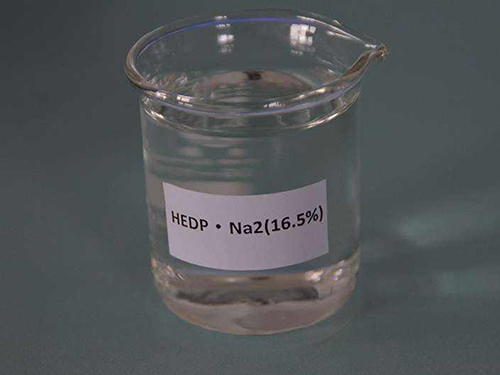Synthesis and Applications of Polycarboxylic Acid Derivatives in Modern Chemistry
Understanding Polycarboxylic Compounds A Comprehensive Overview
Polycarboxylic compounds play a crucial role in various fields, including chemistry, materials science, and biochemistry. These compounds are characterized by the presence of multiple carboxylic acid (–COOH) groups in their molecular structure. In this article, we will explore the significance, applications, and properties of polycarboxylic compounds.
Definition and Structure
At its core, a polycarboxylic compound is any molecule that contains two or more carboxylic acid functional groups. The general formula for such compounds can be represented as R(COOH)n, where R denotes the carbon backbone and n is the number of carboxyl groups. Common examples include citric acid, tartaric acid, and oxalic acid. The presence of multiple carboxylic groups allows for increased reactivity and a variety of chemical properties, making polycarboxylic compounds versatile in nature.
Chemical Properties
Polycarboxylic compounds often exhibit unique chemical behaviors due to the presence of multiple acidic protons. They can engage in various types of chemical reactions such as esterification, amidation, and metal complexation. The acidic protons can also facilitate the formation of salts when reacting with bases. This property is particularly useful in industrial applications, where polycarboxylic compounds can serve as effective additives. For instance, the ability to form stable complexes with metal ions is utilized in catalysts and pigment production.
Applications
One prominent area where polycarboxylic compounds are widely employed is in the synthesis of polymers. For example, polyacrylic acids—derived from acrylic acid, which contains a carboxylic group—are utilized in creating superabsorbent polymers found in products like diapers and adult incontinence pads. These polymers have remarkable water retention properties due to the presence of multiple carboxylic acid groups.
polycarboxylic

In the realm of pharmaceuticals, polycarboxylic compounds are important intermediates in the synthesis of various drug molecules. Their ability to form esters and amides is exploited in designing prodrugs, which are chemically modified drugs activated upon metabolic conversion in the body.
Moreover, polycarboxylic acids such as citric acid are widely used in the food industry as preservatives and flavor enhancers. Their chelating ability allows them to stabilize metal ions, preventing spoilage and maintaining the quality of food products.
Environmental Importance
Polycarboxylic compounds also serve significant ecological functions. Many of these compounds are naturally occurring in plants and animals and play essential roles in metabolic processes. For instance, organic polycarboxylic acids are often involved in the citric acid cycle, a critical metabolic pathway that provides energy to living organisms.
Additionally, research into biodegradable polycarboxylic acids is gaining traction due to the increasing need for environmentally friendly materials. Developing biodegradable polymers derived from natural polycarboxylic acids can help mitigate plastic waste, contributing to sustainable practices in both industry and consumer products.
Conclusion
In summary, polycarboxylic compounds are vital in numerous applications, ranging from pharmaceuticals and food preservation to polymer synthesis and environmental sustainability. Their unique structural features, characterized by multiple carboxylic acid groups, lend them versatile properties that propel advancements in scientific research and industrial innovation. As we continue to explore and understand the potential of these compounds, it is clear that polycarboxylic acids will remain integral to the progress of chemistry and related fields.
-
Water Treatment with Flocculant Water TreatmentNewsJun.12,2025
-
Polymaleic AnhydrideNewsJun.12,2025
-
Polyaspartic AcidNewsJun.12,2025
-
Enhance Industrial Processes with IsothiazolinonesNewsJun.12,2025
-
Enhance Industrial Processes with PBTCA SolutionsNewsJun.12,2025
-
Dodecyldimethylbenzylammonium Chloride SolutionsNewsJun.12,2025





